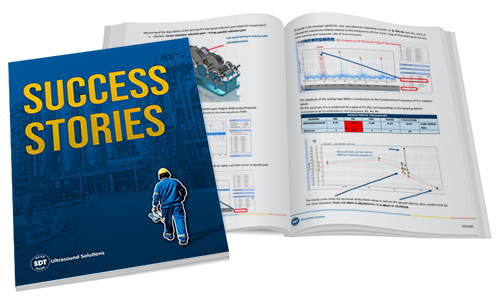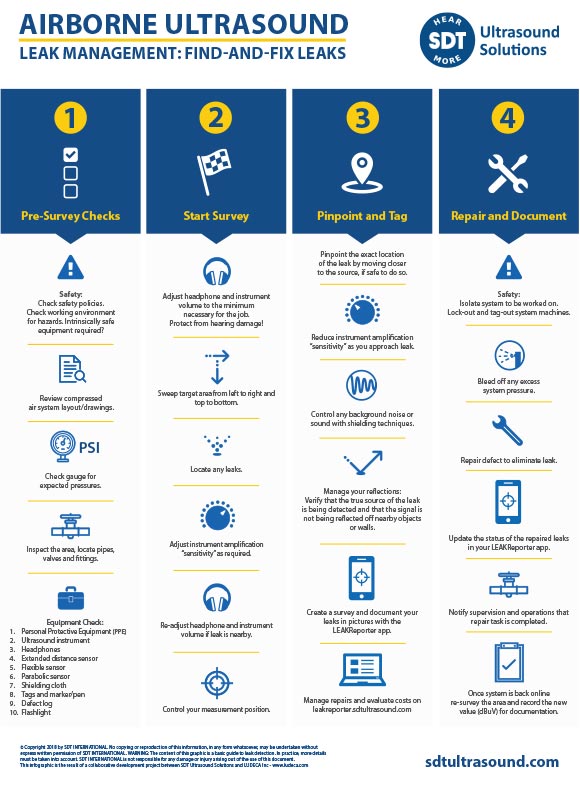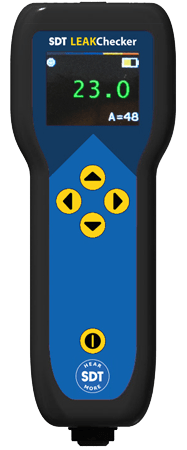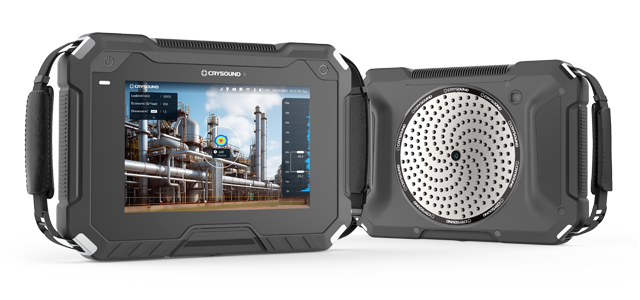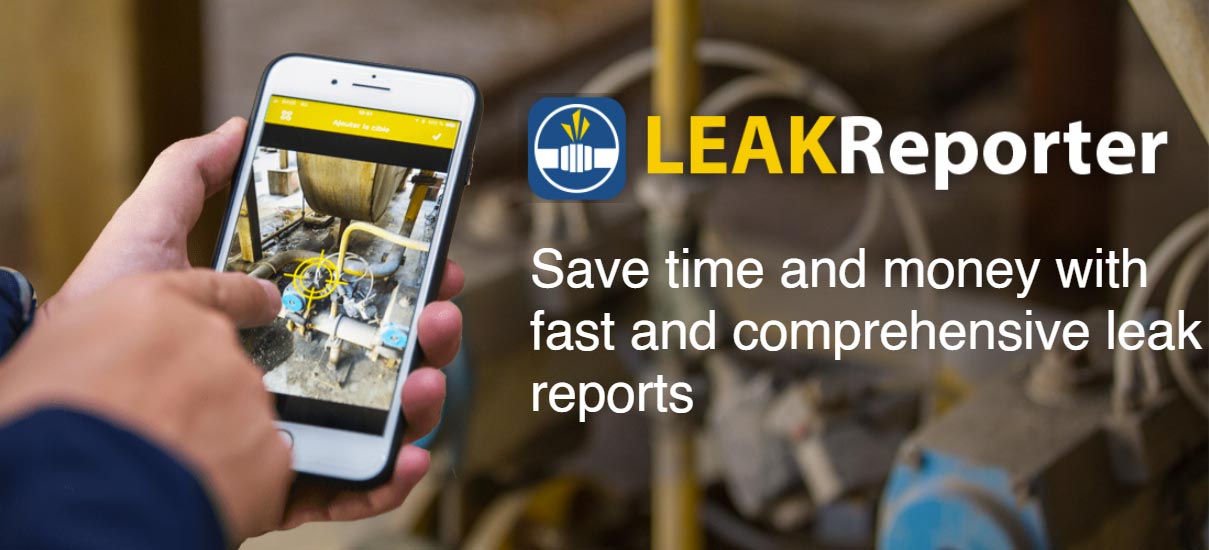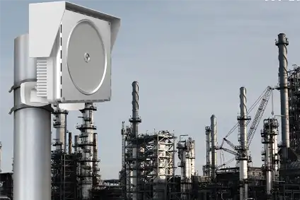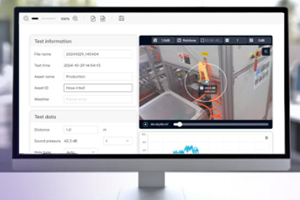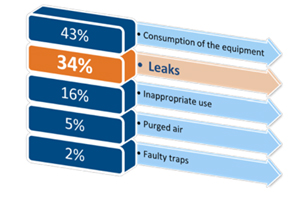Compressed Air & Gas Leak Detection
Find Air Leaks. Decrease Energy Consumption. Maximize Uptime
Compressed air is the most versatile and therefore widely used resource in industry. Using atmospheric pressure to transfer energy during industrial processes, compressed air can be found powering air tools like drills and hammers, hydraulic air cylinders for automation in manufacturing processes and much more. Also, it is used to power air brakes on mobile fleets and trains.
Air Compressor Expenses
It is so commonly found in industry it is often referred to as the fourth utility to electricity, water and gas. Of the four, compressed air consumes the most energy.
Air compressor systems can differ very greatly in size, output and cost. What remains constant, is the initial investment in a compressor system, which is only 25% of the expenses associated with it, over its lifetime. The other 75% of the costs go to energy used to compress the air. Which really begs the question…
Why is compressed air so carelessly wasted?
- Air leaks can go unnoticed and unfixed because they are nearly impossible to locate on a noisy production floor. They don’t make a mess on the floor, and they don’t always interrupt production.
- Sometimes, maintenance workers are completely unaware of the financial and production implications of a leaky facility.
- Often times, the entire plant is so busy fighting fires in reactive mode trying to keep production up and running that they simply don’t have time to do an air leak survey.
Why use Ultrasound to detect leaks?
Ultrasound is the best tool for detecting friction, impacting or turbulence.
As compressed air seeps through a leak, it produces turbulent flow, along with a high frequency hissing noise. This hissing, while audible in a quiet setting, is nearly impossible to hear over the roar of production. Other leak detection methods such as the soap bubble test are messy, difficult and time consuming. On the contrary, ultrasound provides an easier and effective way of detecting air leaks.
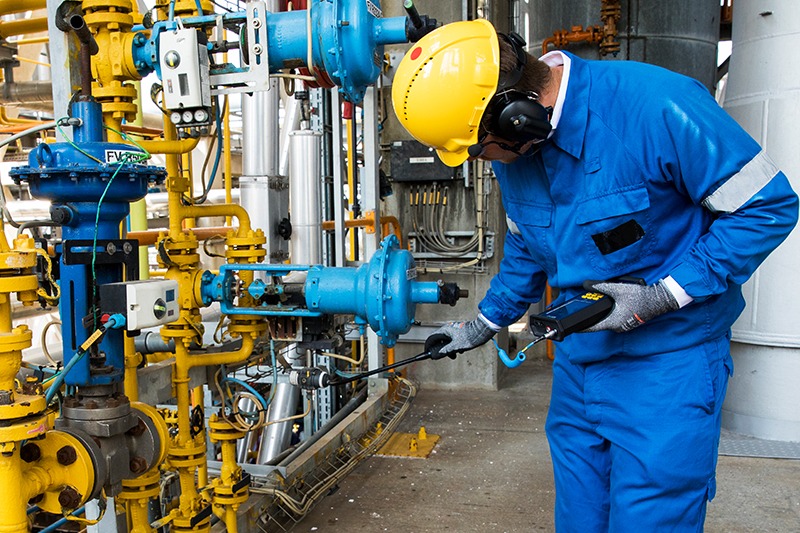
How to Find and Fix Leaks using your Ultrasound Device
Air leaks are easily found, tagged and fixed with regularly performed leak surveys.
Air leaks happen at the joints, elbows, and end fittings of the piping. The process is simple, scan the piping and end fittings with an ultrasonic leak detector in a sweeping motion. Turbulence created by a leak is localized to the leak point. When you discover a spike in dB’s, inspect the area until you find where the dB’s peak. That is your leak point. As you identify leaks, tag them for repair when your maintenance schedule allows it.
Maintaining a regular leak survey schedule is crucial to the health of your factory, reducing energy costs and the effectiveness of your compressed air system.
Why every Factory NEEDS a Compressed Air Leak Management Program
Every factory should strive for zero injuries, downtime, and waste. While a compressed air leak management program is only one facet of a complete predictive maintenance plan, it is crucial for a factory to drastically cut down and even eliminate wasted compressed air. Since compressed air shortages can hinder production speed and product quality, factories that adopt these practices will also see upticks in those areas.
Leak surveys that are scheduled and planned as part of a compressed air leak management program bring the fastest ROI to a factory of any reliability initiative. Making it the clear choice as the first step in a factories reliability journey. As a result, it introduces factories to savings in downtime and energy a reliability program can bring.
Partnered Ultrasound
Ultrasound testing can significantly advance reliability. Sadly, these initiatives often fail due to lack of dedication, training, implementation and mentoring. Therefore, Partnered Ultrasound defines a roadmapped strategy unique to your plant and situation. Ensuring training, implementation, mentoring and dedication are all taken care of allowing you to realize the full potential of your Ultrasound program.
Questions concerning Air & Gas Leak detection
LEAKReporter Statistics
Compressed Air & Gas Leak Detection Highlights
